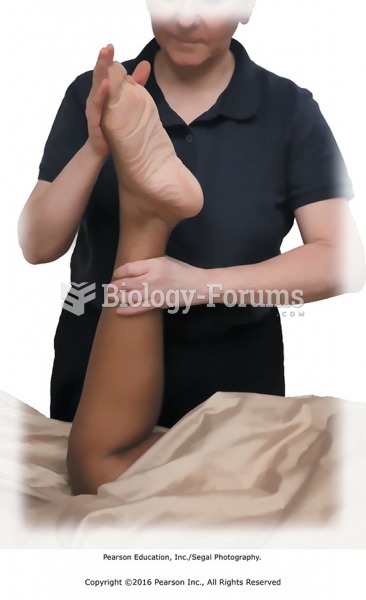Answer to Question 1
Correct Answer: 2
Rationale 1: The autonomic nervous system maintains involuntary control of vital functions of the cardiovascular, digestive, respiratory, and genitourinary systems.
Rationale 2: The somatic nervous system consists of nerves that provide for the voluntary control of skeletal muscle.
Rationale 3: The sympathetic nervous system is activated under emergency conditions or stress and produces a set of actions called the fight-or-flight response.
Rationale 4: The parasympathetic nervous system is activated under nonstressful conditions and produces a set of symptoms called the rest-and-digest response.
Global Rationale: The somatic nervous system consists of nerves that provide for the voluntary control of skeletal muscle. The autonomic nervous system maintains involuntary control of vital functions of the cardiovascular, digestive, respiratory, and genitourinary systems. The sympathetic nervous system is activated under emergency conditions or stress and produces a set of actions called the fight-or-flight response. The parasympathetic nervous system is activated under nonstressful conditions and produces a set of symptoms called the rest-and-digest response.
Answer to Question 2
Correct Answer: 1,2,3
Rationale 1: Messages from the hypothalamus travel along the medulla oblongata.
Rationale 2: Messages from the hypothalamus travel along the brainstem.
Rationale 3: Messages from the hypothalamus travel along the spinal cord.
Rationale 4: Messages from the hypothalamus do not travel to the spleen.
Rationale 5: Messages from the hypothalamus do not travel to the small intestines.
Global Rationale: Messages from the hypothalamus travel along the medulla oblongata, brainstem, and spinal cord. Messages from the hypothalamus do not travel to the spleen or the small intestines.






